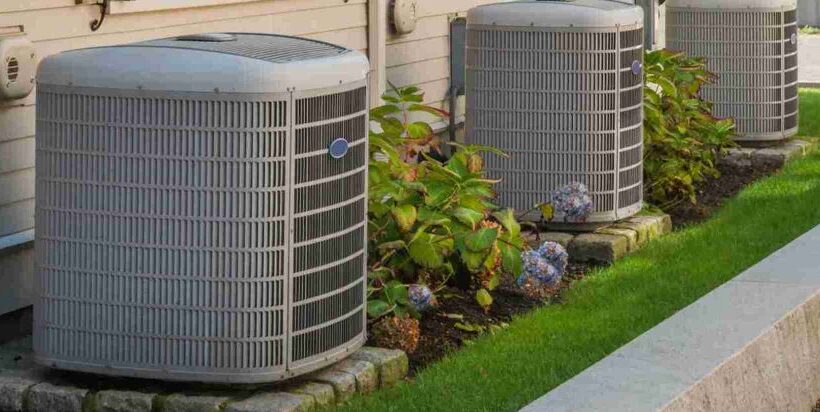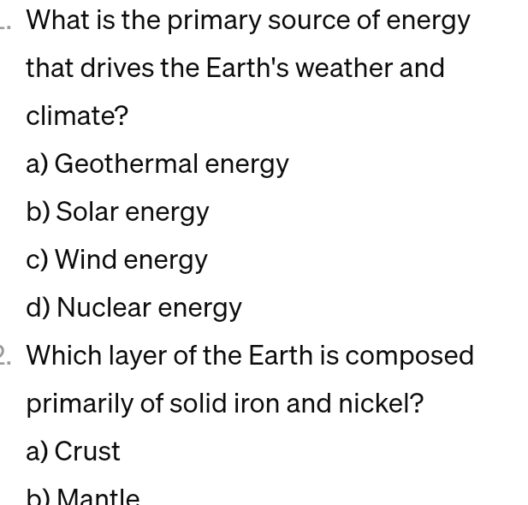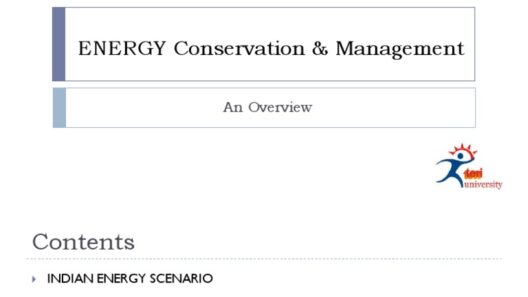In the intricate web of modern comfort, the HVAC system serves as both guardian and gremlin. It regulates our indoor climate, ensuring that we dwell in pleasant temperatures irrespective of the caprices of nature outside. Yet, beneath this nurturing facade lies a dilemma that beckons our scrutiny: does leaving your HVAC fan running aid in energy conservation, or is it merely a frivolous exercise in fiscal irresponsibility?
To navigate this puzzle, let’s first delineate the function of the HVAC fan. At its core, this fan plays a pivotal role in air circulation. It helps distribute conditioned air throughout your home, ensuring that every nook and cranny receives its share of comfort. Much like a maestro conducting a symphony, the fan orchestrates the flow of air, allowing the other components of the system to harmonize effectively.
Consider the metaphor of a carefully balanced ecosystem. Each element, from plants to animals, relies on others to thrive. Similarly, your HVAC system is an ecosystem where even a minor adjustment can ripple through the entire structure, affecting energy consumption and efficiency. In this balance lies the question: when the fan runs continuously, does it yield conservation, or does it disrupt the natural order?
The heart of the matter involves understanding how heating, ventilation, and air conditioning (HVAC) systems function in terms of energy consumption. Most HVAC units operate more efficiently when the fan is set to ‘auto,’ cycling on and off in tandem with heating or cooling demands. This approach is akin to a squirrel storing nuts for winter; it preserves resources for when they are truly needed. When the fan runs continuously, it may seem that it improves air circulation, but it can often lead to increased energy expenditure.
However, there is an interesting paradox at play. Leaving the fan running can help mitigate temperature discrepancies throughout larger spaces, providing uniformity akin to the steady pulse of a river feeding into diverse tributaries. If your home is particularly vast or has vaulted ceilings, this constant circulation can prevent hot or cold pockets from emerging. Thus, in specific circumstances, continuous fan operation can reduce the workload on the compressor, ultimately saving energy.
Yet, the trade-off requires consideration. Continuous operation of the fan can lead to a paradoxical increase in energy bills. Other than the straightforward expense, consider the environmental ramifications. Every additional kilowatt-hour consumed contributes to greenhouse gas emissions—an insidious snarl in the fabric of our changing climate. This realization beckons us to weigh our actions on the scale of environmental stewardship. Are we consuming more energy than necessary in the name of comfort?
Moreover, continuous fan operation can impact indoor air quality. While a constant breeze might seem refreshing, it can stir not just air, but also dust, allergens, and other particulate matter. This means a more active filtration process is required, potentially leading to more frequent changes and greater waste of filters. It’s a conundrum where the pursuit of comfort collides with health and sustainability. One must ask, does the pursuit of a consistently moderate temperature merit the necessary trade-offs in energy and environmental impact?
In traversing the dynamic landscape of HVAC usage, one effective strategy is to leverage programmable thermostats. They act like the conscientious custodians of energy, allowing you to tailor your HVAC system’s operation to match your lifestyle, much akin to a gardener tending to a diverse array of plants in varying conditions. By allowing the fan to operate only when necessary, you marry comfort with strategic energy conservation. Set a schedule that aligns with your daily routine; let the fan rest when the house is empty, a welcome reprieve for both the unit and the environment.
If a transition from continuous operation seems daunting, consider starting slowly. Implementing shorter intervals of continuous airflow can enhance efficiency without overwhelming your budget. Observe the effects on air quality and comfort levels, adjusting as needed. Engage in the dance of trial and exploration, refining your approach based on analytics and personal experience.
Reevaluating energy consumption is paramount; we live in a world increasingly confronted with climate change’s dire consequences. Each decision we make holds significance in shaping a sustainable future. We must cultivate an awareness that every watt saved is a step towards preserving our planet’s quintessential beauty. Like the heroic endeavors of those who champion eco-friendly practices, our choices regarding HVAC settings can contribute to a larger movement of sustainability.
In conclusion, the query of whether leaving your HVAC fan running conserves energy is not resolute. It encapsulates a spectrum of factors ranging from individual lifestyle to environmental impact. The tapestry of comfort interwoven with energy efficiency forms a complex narrative, one that beckons conscientious consumers to engage thoughtfully. It is crucial to pursue both comfort and responsibility—striving to align our modern conveniences with the timeless imperatives of environmental stewardship. As we navigate this path, let us wield our choices like brushstrokes on the canvas of the future, crafting a masterpiece that resonates with harmony, sustainability, and enduring dignity.








